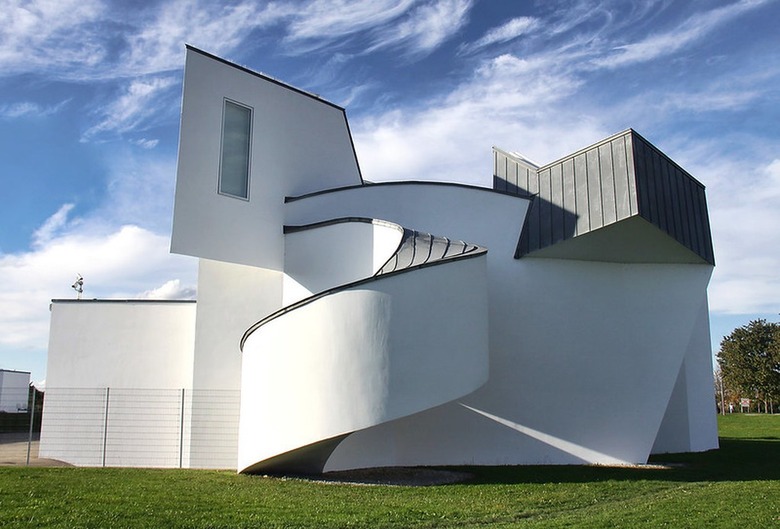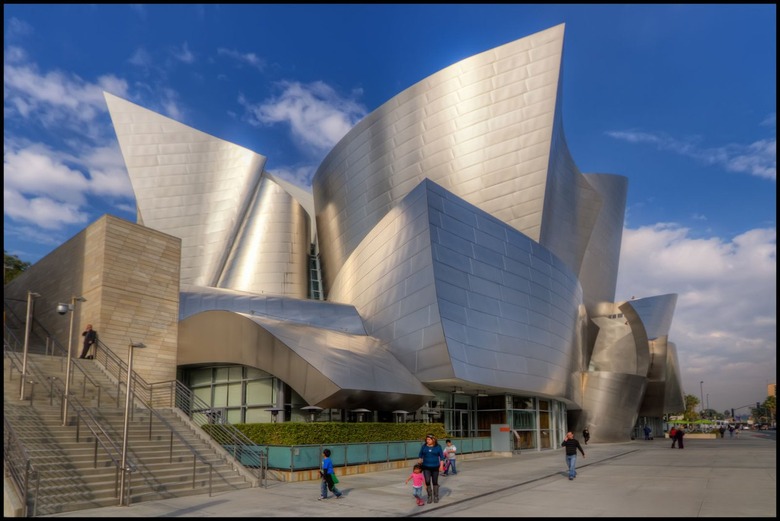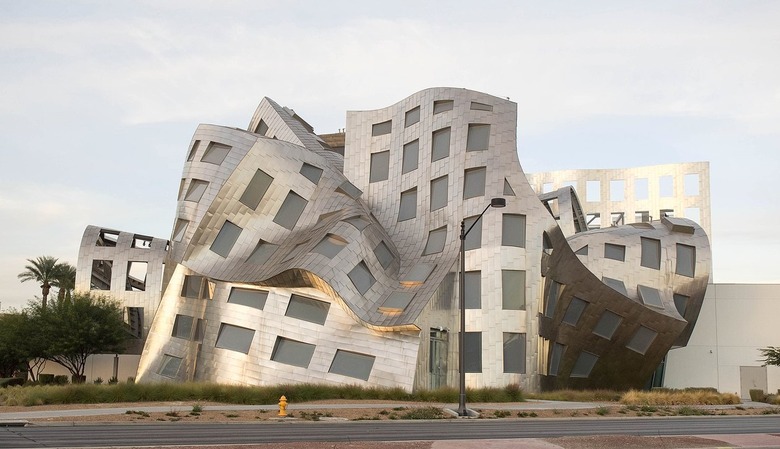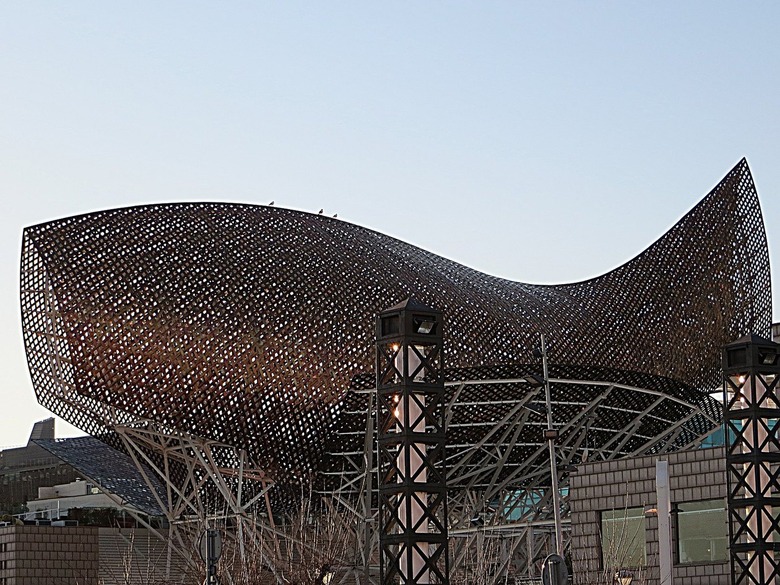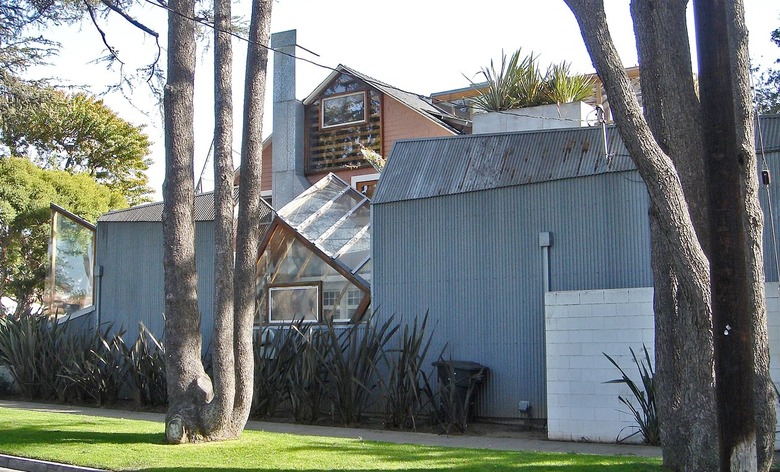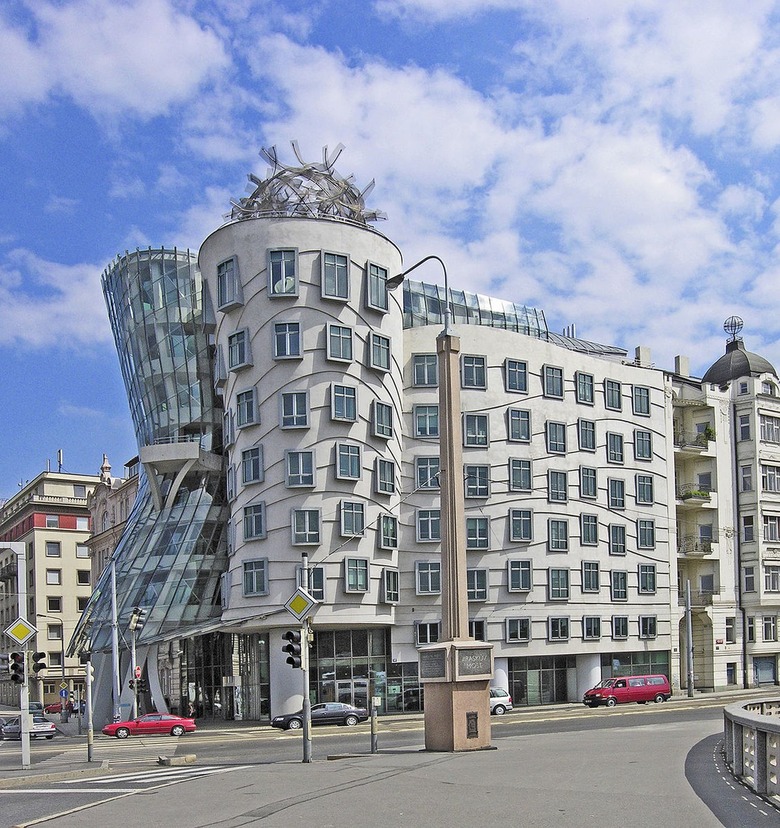The Life Of Frank Gehry, And His Iconic, Confusing Creations
We may receive a commission on purchases made from links.
While some architects play it safe and stick to the status quo, others push boundaries and innovate in ways that stop us in our tracks. No architect fits this bill more precisely than the great Frank Gehry, whose wacky, curvy buildings across the United States and beyond have awed and confused the masses for decades.
"His works often ask more questions than they answer," writes Laurence B. Chollet in The Essential Frank O. Gehry. But, hey — answers are overrated anyhow. Gehry has never been one to look to convention for his buildings, but has incessantly endeavored to discover and create new forms. Instead of reproducing established styles or aesthetics, Gehry prefers a more radical source of inspiration: the avant garde art world, including American pop art and minimalism from the 1950s and 1960s.
Looking back at Gehry's upbringing, his proclivity for the experimental arts stemmed from early exposure to museums and music from his mother Doreen, who was a musician and thespian in her own right. He was born in Toronto, Canada, in 1929 and bounced around between there and Ontario due to his father Irwin's entrepreneurial pursuits. Gehry even worked in the back of his grandfather's hardware store in downtown Toronto, where he assembled and disassembled toasters and clocks with an insatiable curiosity.
In 1947, Gehry and his parents moved to Los Angeles, California, for a better life. There, he attended the School of Architecture at USC, where he fell under the spell of California's iconic modernism. Likely influenced in part by his humble childhood, Gehry was intent on creating buildings not just for the rich and lavish, but with a passion for affordable housing and socially responsible architecture. As such, he took a bit of a detour to Cambridge in 1956 to study urban planning at Harvard, only to find the Ivy League environment at odds with his progressive vision.
Gehry returned to Los Angeles a year later and worked for a few firms before spending a stint at a company in Paris, only to return shortly thereafter to open his own firm, Frank O. Gehry and Associates, Inc. (FOGA) in Santa Monica. He began culling a reputation for himself as a savvy commercial architect and got a foothold designing shopping malls. Despite this commercial success, Gehry was still in search of his artistic voice and embedded himself within the subversive Los Angeles art scene in Santa Monica and Venice to find it.
This community opened Gehry's eyes to unconventional materials and methodologies, plus an off-kilter way of seeing the world. It propelled him toward his unique working style in which he abandoned the typical drafting table, and opted instead for quick sketches and sculpting his own models. He maintained his nine-to-five commercial work, but became increasingly invested in his more experimental side projects. When he and his second wife, Berta, moved to a small house in Santa Monica, she allowed Gehry free rein to use the house as his architectural playground on which to experiment. Little did she know the ensuing creation would one day be known as the famed Gehry Residence and catapult Gehry into stardom.
The Gehry Residence put the unconventional architect on the map and at the age of 50, he all but eliminated his commercial work to focus purely on projects that brought him joy and excitement. This led to a handful of residential buildings throughout Los Angeles, including studio houses on Indiana Avenue in Venice, the Steeves House, and the Norton House, followed by bigger commissions like the California Aerospace Museum and Frances Goldwyn Hollywood Regional Branch Library.
Between 1982 and 1987, Gehry embarked upon a pivotal project in Wayzata, Minnesota, called the Winton Guest House, which ultimately earned him the Pritzker Prize — considered the highest achievement for an architect. From there, Gehry went global, designing the Vitra International Furniture Design Museum and Factory in Weil am Rhein, Germany, followed by Prague's Dancing House, which Gehry nicknamed "Fred and Ginger," after dancers Ginger Rogers and Fred Astaire, since it looked like a dancing couple.
While each of these buildings and Gehry's many others are distinctly impressive in their own way, none is as famous as his Guggenheim Museum in Balboa, Spain. The project spanned from 1991 to 1997, in which he conceived a topsy-turvy titanium feast for the eyes that's almost impossible to comprehend. The mammoth structure's metallic sheathing ripples in the wind and even changes color throughout the day, adding to its otherworldly mystique.
Of the countless lessons to be learned from the incomparable and undefinable Gehry, the most prominent is the notion of breaking free from the expected and persevering into the creative unknown. Who knows, you might make something extraordinary.
